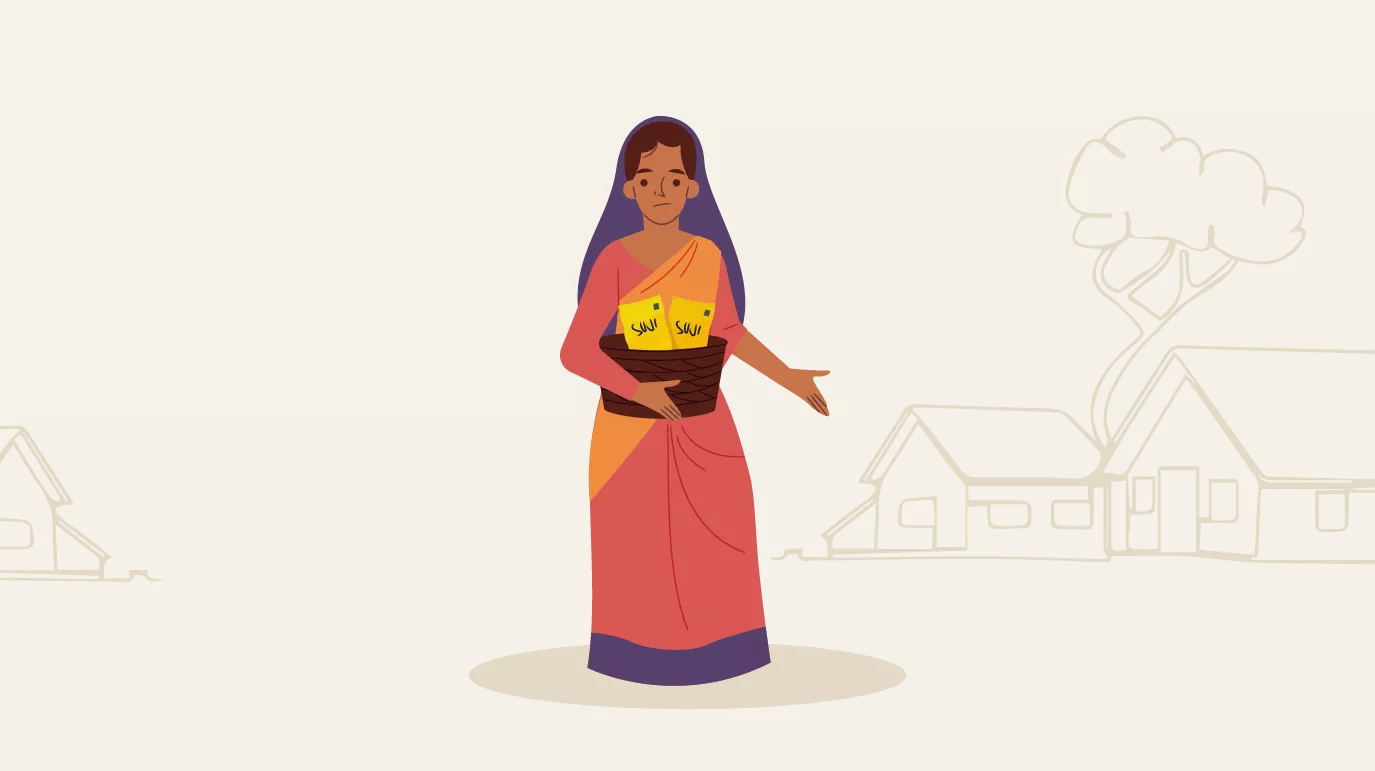
When we began the High Frequency Monitoring (HFM) exercise in Bodoland, it felt like a step toward real change. The goal was to conduct frequent monitoring of the delivery of Supplementary Nutrition Program (SNP) and other services, call beneficiaries to raise awareness about their entitlements, and ensure services reached the last mile. On paper, it seemed perfect. But during a field visit to a few villages about an hour from Kokrajhar (Assam), I realised that bridging the gap between policy and practice is rarely straightforward.
It was a winter morning, but the sun was out, warming the air as we travelled to Ulubari, a quiet village with scattered homes. The mother of Maina, a four-year-old girl, welcomed us with a warm smile as my colleague and I introduced ourselves. As we spoke, she revealed she had last collected her Take-Home Ration (THR) a month ago. “We received suji halwa packets”, she said pointing towards her kitchen. When we asked if she could show us the packets, she rushed to the kitchen, retrieved a packet of suji halwa and handed it over to us. The packet appeared as though it had been tucked away in the corner of the kitchen for weeks, if not months, untouched. When my colleague flipped it over, the expiry date caught our attention—August 2024. But it was already January. Furthermore, it came to our attention that despite the beneficiary being four years of age, the family continued to receive THR.
From home to home, more stories unfolded. And as we went across the village talking to different families and the villagers, a common thread emerged: a lack of awareness. Few beneficiaries knew what services they were entitled to or how to make the most of them. In one village, the Anganwadi Center (AWC), was the AWW’s home. This arrangement reflected a strong sense of community, where she willingly took on the responsibility of keeping the ration stock safe and accessible. Despite all the challenges faced at the time of distribution or storage, the AWW was widely trusted for being “regular” in distributing rations.
These encounters are based on visits to only a small number of villages and do not represent the full picture of the services provided by AWWs. The trust and reliability many AWWs have earned within their communities, through their work, remain significant. However, these visits did reveal something crucial: the monitoring calls were a starting point, and they only scratched the surface. Without a deeper understanding of the beneficiaries' realities, our survey questions risked being blind to the nuances that shaped their lives. For instance, how could a beneficiary demand better services if they didn’t know what “better” looked like? How could we design a scalable intervention without capturing these layers of complexity?
Field visits, we realised, were more than a routine; they were an essential feedback loop. For example, the persistent confusion amongst the beneficiaries, between the role of the ASHA worker and the Anganwadi Workers (AWW), highlighted the need for sharper, targeted awareness building. The discovery of expired rations underscored the importance of prioritising quality of the ration and not only focus on the delivery of the ration. The accounts of the beneficiaries serve as a reminder of the fragile trust the beneficiaries placed in the system. It underscored how critical it is for HFM to go beyond monitoring and become a tool for empowerment and accountability.
This visit wasn’t just an exercise in data collection; it was a mirror held up to our assumptions. Improving service delivery at the last mile goes beyond the routine monitoring calls - it’s about building trust, and creating systems that listen as much as they speak. The field visit made it clear that scaling up the HFM exercise effectively would require asking the right questions - questions rooted in lived experience and genuine needs.
As we drove away from Ulubari, the sun dipped low and we reflected on the enduring sense of hope and trust we had witnessed and how every person we met in the village welcomed us with warmth. The faces of the beneficiaries stayed with me - hopeful, sceptical and resilient. They weren’t just data points, they were the reason we do this work. And as we continue the HFM exercise, their stories will guide us, reminding us to check the expiry dates not just on rations but on our own assumptions about what it takes to truly deliver.
Note: Names of the village and the beneficiary have been changed to protect their privacy.
